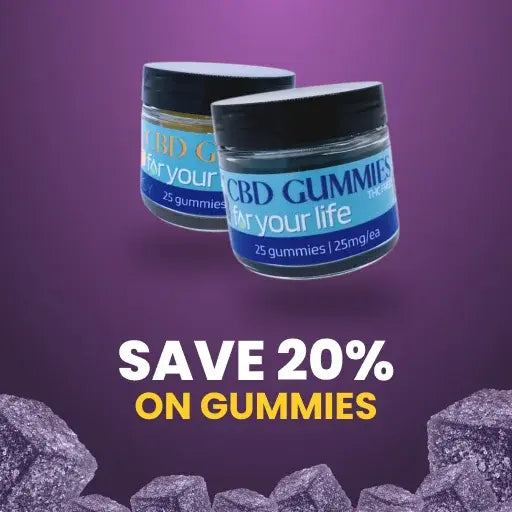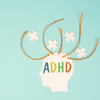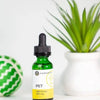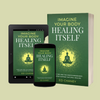CBD Statistics for 2023
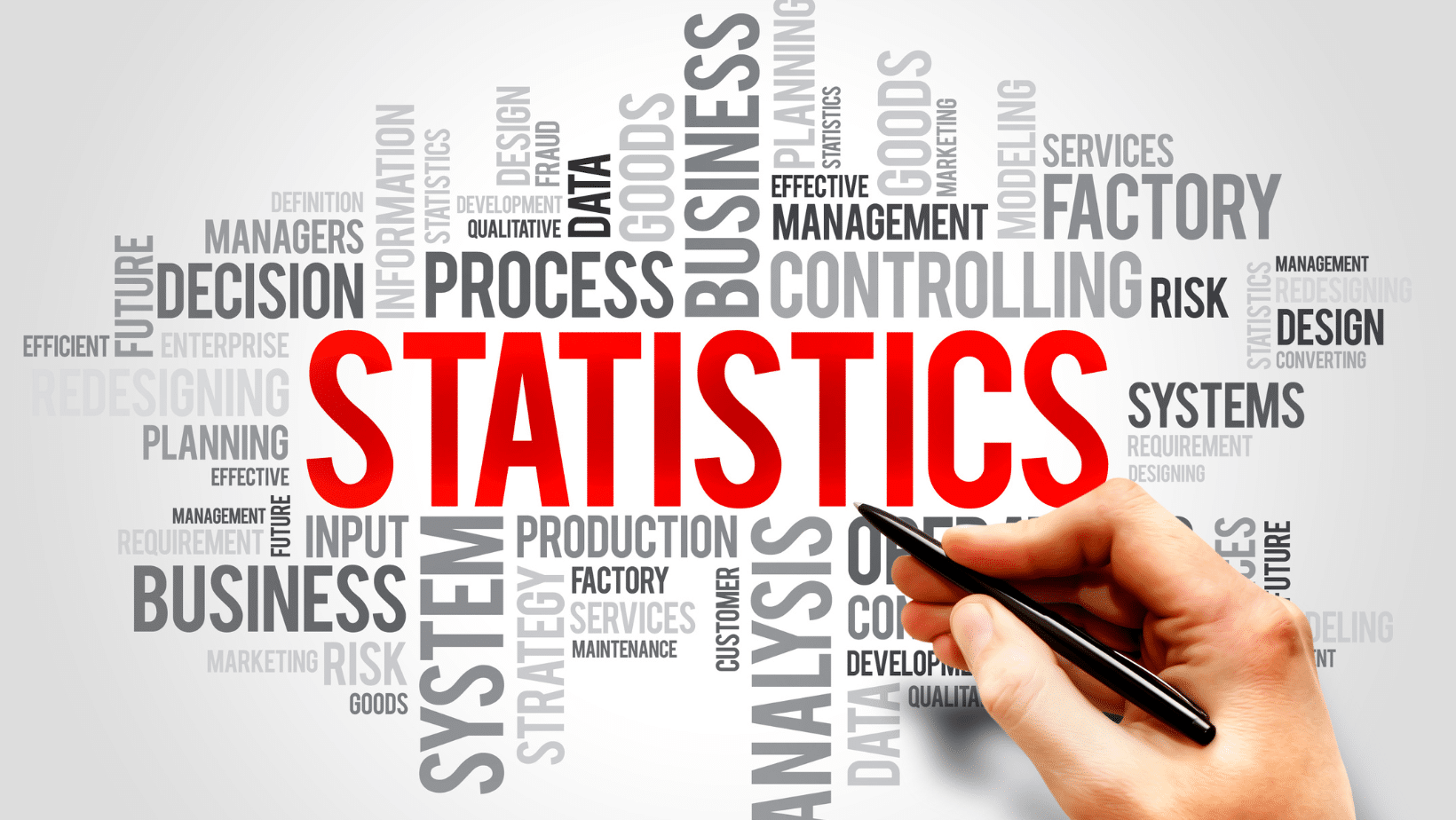
People use CBD for almost everything. While it shows plenty of promise in treating various conditions, “it is not a one-size-fits-all [remedy] to treat specific conditions or symptoms of those conditions for every individual,” says Manisha Singal, MD, the founder of Aethera Beauty. “Research on the benefits and action of CBD in topical formulations as well as ingestible forms is ongoing. That experimentation is in its preliminary stages and there is a long way to go. The medical potential for CBD and other cannabinoids is undeniable, but medical research takes time and careful analysis.” That said, it has shown efficacy in treating chronic pain and anxiety (two of its most common uses), as well as insomnia and arthritis. And the only FDA-approved medication that contains cannabidiol so far is Epidiolex, which treats childhood seizures associated with Dravet Syndrome or Lennox-Gastaut Syndrome in patients two years of age and older.
How common is CBD use?
• 33% of American adults have used CBD once or more. (SingleCare, 2020)
• 64% of Americans are familiar with CBD and/or CBD products. (Gallup, 2019)
• An estimated 64 million Americans have tried CBD in the last 24 months. (Consumer Reports, 2019)
• Of those who use CBD, 22% said it helped them supplement or replace prescription or over-thecounter drugs. (Consumer Reports, 2019)
CBD statistics in America
• Hemp-derived CBD products are legal in all 50 states, as long as they contain no more than 0.3% THC. (Food and Drug Administration, 2020)
• In overall cannabis sales, Colorado tops the list, having sold over $1 billion since 2014. (CNN, 2019)
• The top states for CBD sales in 2019 are California ($730 million), Florida ($291 million), and New York ($215 million). (Statista, 2019)
• Of the Americans who use CBD, the most common uses are for pain relief (64%), anxiety (49%), and insomnia (42%). (SingleCare, 2020)
• CBD web searches increased by 125.9% from 2016 to 2017 and 160.4% from 2017 to 2018. (JAMA Network, 2019)
• United States hemp farmland increased from 25,713 acres in 2017 to 78,176 acres in 2018. (Food Business News, 2019)
CBD statistics by age
CBD user demographics skew young. Of all age groups, Americans age 18-29 are most likely to use CBD consistently, and its popularity decreases with age. (Gallup, 2019):
• 20% of people ages 18-29 use CBD
• 16% of people ages 30-49 use CBD
• 11% of people ages 50-64 use CBD
• 8% of people age 65 and older use CBD
And the numbers nearly double for adults who have tried it once or more. According to a 2019 Consumer Reports CBD survey:
• 40% of people ages 18-29 have tried CBD
• 32% of people ages 30-44 have tried CBD
• 23% of people ages 45-59 have tried CBD
• 15% of people 60 and older have tried CBD
CBD statistics by method
According to our Single Care survey, nearly half of CBD users prefer oils/tinctures, lotions/balms, and gummies. But there’s a growing market for CBD edibles.
• 18% are interested in capsules/tablets
• 18% are interested in topical sprays
• 17% are interested in CBD-infused food, such as chocolate
• 13% are interested in vaping products
• 12% are interested in soap
• 11% are interested in nonalcoholic, CBD-infused drinks
• 9% are interested in CBD bath bombs and salts
• 8% are interested in skincare products
• 8% are interested in patches
• 1% are interested in other CBD products
When it comes to where CBD users get their products, a 2019 Consumer Reports study says:
• 40% purchase CBD from a dispensary
• 34% purchase CBD from a retail store
• 27% purchase CBD from an online retailer
• 12% purchase CBD from another source
CBD and overall health
CBD enthusiasts will tell you that it changed their lives, citing all sorts of positive effects. Skeptics will tell you that it’s all hype and has no actual benefits. The truth falls somewhere in between. Our survey found that 32% of people who’ve used CBD did not find it effective. While there hasn’t been extensive research on its effects, it shows promise as an anti-inflammatory, anti-anxiety
treatment, as well as a sleep aid. And this can give us some insight into CBD’s appeal as a new addition to holistic wellness routines. People tout CBD as a miracle treatment for heart disease,
cancer, autoimmune diseases, Alzheimer’s, acne, and much more.
Researchers haven’t found substantial evidence that it can effectively treat any of these conditions, but we also know that inflammation and stress can be contributing factors to these conditions. So, there may be some truth to the claims that CBD is beneficial to everyday health. Whether it’s in a morning smoothie, part of a skincare routine, or something else entirely, regular CBD use can potentially be beneficial for some people, although it comes with risks too.
Recreational vs. medical cannabis use Recreational cannabis use isn’t quite the same as medical use. CBD oil and other products intended for medical use typically come in smaller doses and aren’t full-spectrum CBD (or “whole plant” CBD), which contains THC as well. “CBD can have varying strengths depending on if it is used in isolation or if used in conjunction with THC for entourage effects,” says Dr. Singal. And some people want these compound effects.
The cost of CBD
America’s CBD market has a near-vertical trajectory. With the legalization of recreational and medical marijuana in numerous states, an increasing number of people are looking into the benefits of cannabis, and CBD sales reflect that interest.
• The United States CBD market value was just over $4 billion in 2019 and may top $25 billion by 2025. (Brightfield Group, 2019)
• The cannabis- and hemp-derived CBD market may see a compound annual growth rate (CAGR) of 49% by 2024. (BDSA, 2019)
• 44% of regular CBD users spend $20-$80 per month on CBD products. 13% spend more than $160 per month. (Brightfield Group, 2019)
These statements have not been evaluated by the Food and Drug Administration.
-
Posted in
cbd cost, cbd edibles, cbd oil, cbd pet, cbd statistics, cbd topicals

